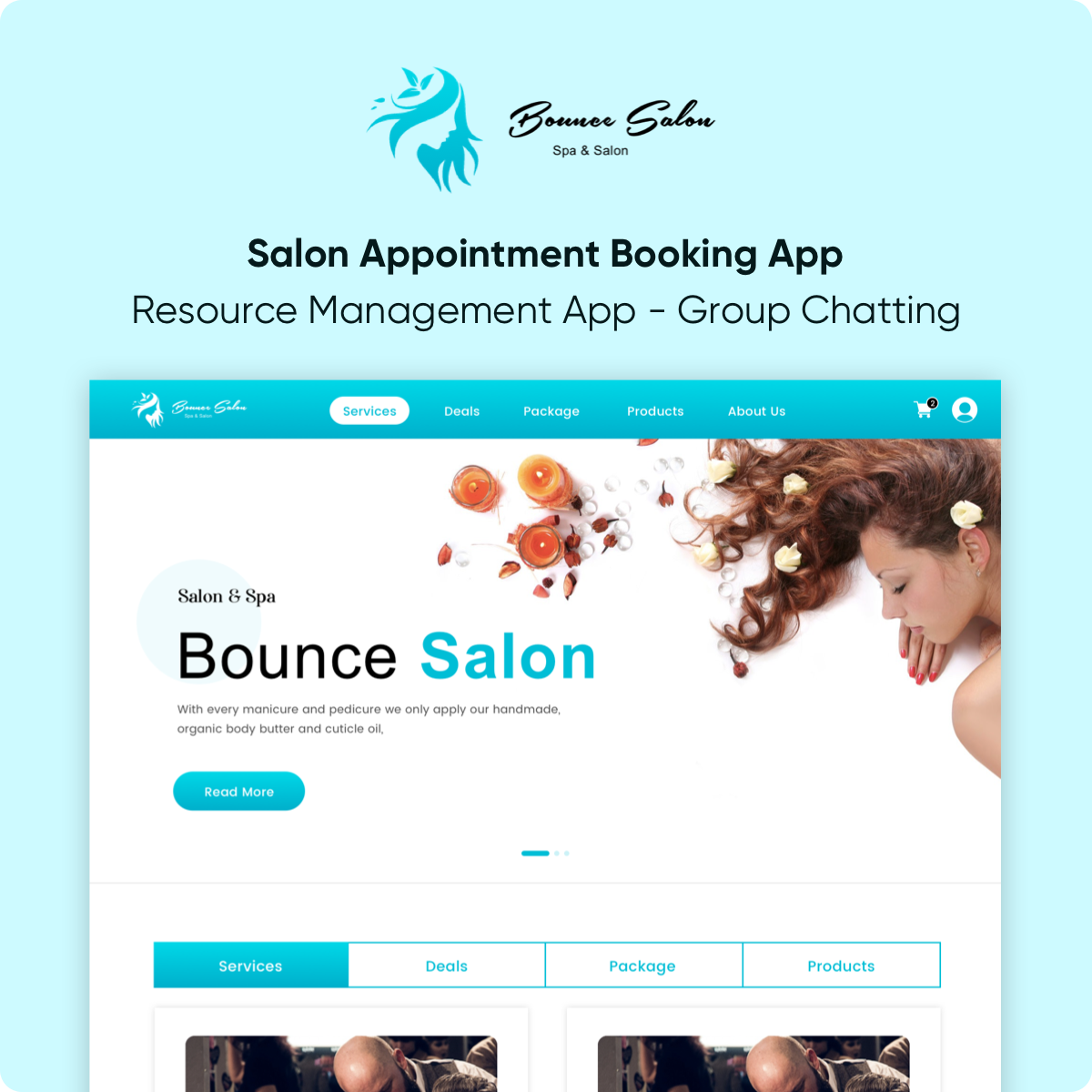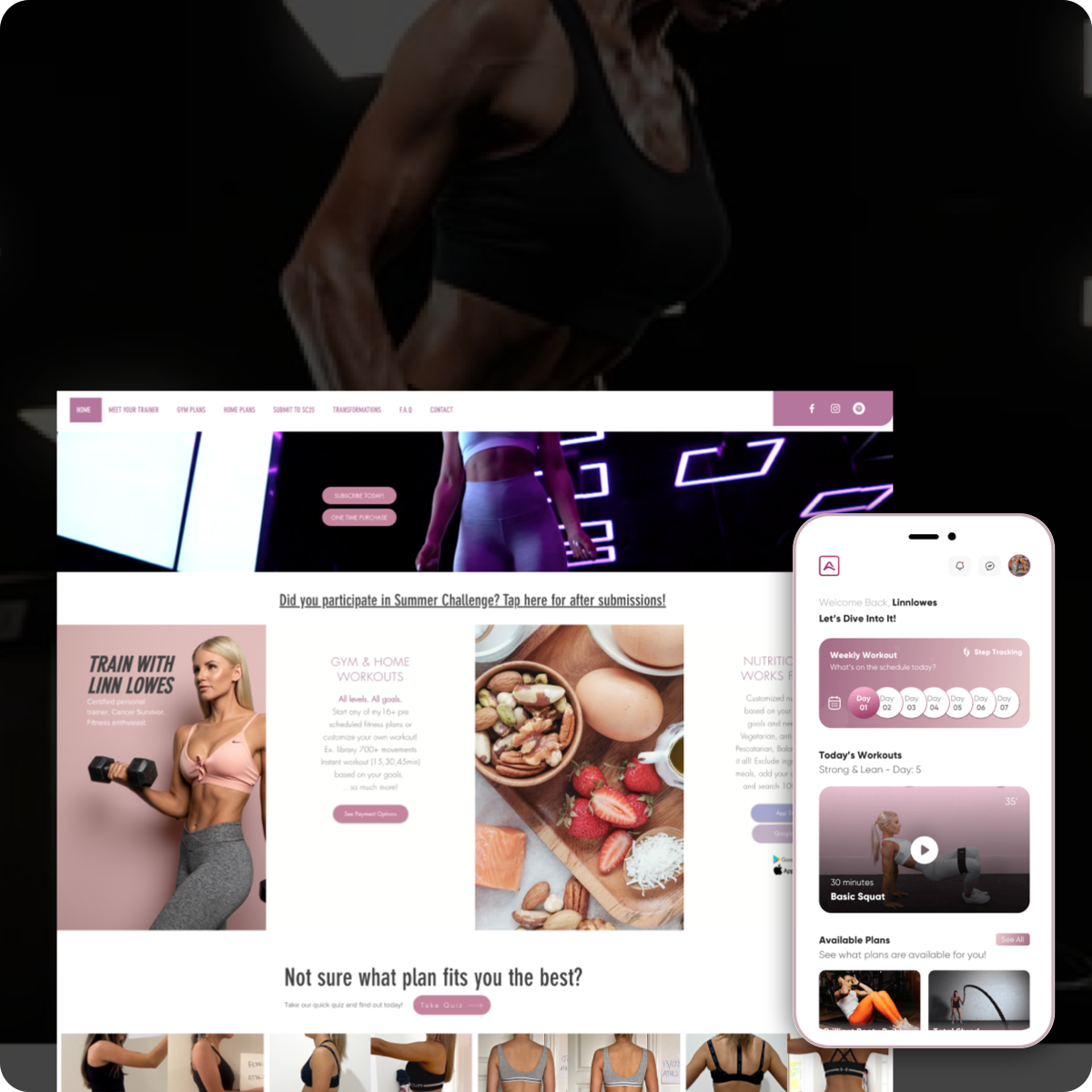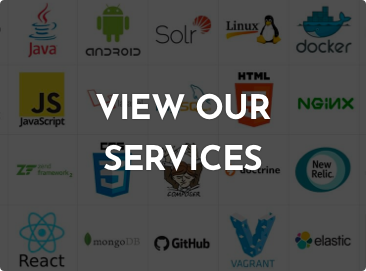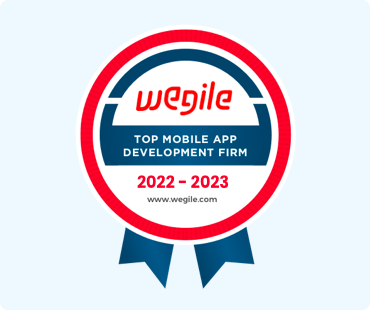In an era where technology seamlessly integrates with health and fitness, the art of developing a fitness app goes beyond mere coding. It's about crafting a digital companion that motivates, guides, and transforms the user's fitness journey.
The cornerstone of this transformative process is the selection of an appropriate technology stack, a decision that can make or break the app's effectiveness. To fully unlock the benefits of fitness app development, understanding the psychological journey of users and integrating the right technology stack is essential.
A fitness app development company doesn't just build an app; it engineers an immersive fitness experience. The choice of technology must align with the ultimate objective of empowering users, guaranteeing that the application facilitates their fitness journey. In this blog, we will explore the key technology stack required for crafting engaging fitness apps!
The 'technology stack' concept goes beyond mere industry terminology in fitness app development. It serves as the foundation that determines the app's future. Navigating the technology stack's complexities is a crucial challenge in fitness app development and has to be a carefully curated combination of programming languages, frameworks, and tools that breathe life into an app, determining everything from its functionality and scalability to its user interface and security. However, there is another aspect that is often overlooked: ensuring that the technology stack is strategically aligned with the fitness ideas it aims to promote. Keep reading, as we will understand in more detail.
Native app development harnesses the full potential of smartphone capabilities, delivering unrivaled performance and a seamless user experience.
By utilizing languages and tools specifically designed for iOS and Android platforms, developers can tap into advanced features like augmented reality for virtual fitness sessions, real-time heart rate monitoring, and more immersive, engaging user experiences.
However, the real beauty resides not simply in selecting these technologies but in how they are utilized to uplift an individual’s well-being. A fitness app development company experienced in native development understands that every line of code contributes to the user's fitness journey, making it more than just an app.
Developing web apps for fitness platforms comes with its own set of challenges and opportunities. Technologies such as AngularJS and NodeJS offer a solid foundation for building web applications that are both responsive and adaptable.
Users have the convenience of accessing their fitness programs on various devices, eliminating the need for any specific app and broadening their accessibility. This inclusivity is crucial in promoting a community-oriented fitness culture, removing obstacles to participation, and ensuring that fitness is accessible to everyone.
The choice of these technologies is driven by the goal of creating an inclusive experience where every interaction with the web app encourages a healthier lifestyle. Moreover, leveraging Progressive Web Apps (PWAs) can offer a near-native experience, resulting in apps with high accessibility and performance.
An innovative web app development company will utilize these technologies to anticipate the changing needs of fitness enthusiasts, creating fitness apps that are gateways to a fitness-conscious world.
Cross-platform app development approach serves as a promising solution for businesses, offering a bridge between the diverse ecosystems of iOS and Android. Utilizing frameworks such as React Native and Flutter, developers can craft applications that deliver a near-native user experience across multiple platforms from a single codebase.
This approach optimizes development time and resources efficiently and guarantees a consistent user experience, which is crucial in a fitness journey where routine and familiarity promote comfort and adherence.
The strategic use of cross-platform technologies reflects the fitness mindset of being flexible and adaptable—qualities that are desirable in both workout routines and app development. A cross-platform app development company adept in these frameworks can efficiently cater to a wider audience, making fitness more accessible and inclusive for everyone.
The front end of a fitness app is where users interact with the digital representation of their fitness objectives and ambitions. It's more than aesthetics; it's about creating an intuitive and engaging environment that encourages regular use and fosters a positive relationship with fitness.
Technologies such as AngularJS for web apps and Swift, Kotli, Java, and Objective C for native mobile apps are crucial in creating visually appealing, responsive, and user-friendly interfaces. The choice of front-end technologies is crucial in translating complex workout data and tracking functionalities into simple, motivating user experiences.
A top fitness app development company helps you blend creativity with technical expertise to deliver an app that resonates with users' fitness journeys, ensuring every swipe, tap, and scroll brings them closer to their goals.
The back-end of a fitness app is the powerhouse that drives its functionality, handling data management, server interactions, and integrating third-party services. Technologies like Node.js and Ruby on Rails offer exceptional scalability and efficiency, ensuring that the app can handle a growing number of users and complex data sets without compromising performance. However, one aspect often overlooked in back-end development discussions is the importance of data security and privacy, especially when dealing with sensitive health and fitness information.
A fitness app development company prioritizes implementing robust security measures, such as encryption and secure authentication protocols, to protect user data. Furthermore, they help you design back-end architecture by keeping flexibility in mind, allowing for the seamless addition of new features and integrations. This includes connecting with wearable devices and providing personalized workout plans driven by AI that align with the ever-changing fitness industry.
Also Read: How to Create a Fitness App in 2024Integrating third-party services into a fitness app can significantly enhance its functionality and user experience, offering features like social media sharing, payment processing, and advanced analytics. However, the selection and integration of these services require a strategic approach that goes beyond technical compatibility. A fitness app development company prioritizes the user's overall fitness journey and focuses on integrating beneficial features within the app.
For example, integrating a nutrition tracking service can complement physical workouts, offering users a comprehensive health management solution. Additionally, integrating community-building features, such as challenge leagues and social sharing, can tap into the motivational aspect of group fitness, fostering a sense of belonging and collective progress among users. This holistic approach to third-party integrations ensures that every external service enriches the user's fitness experience, transforming the app into more than just a tool for exercise but a companion in their overall journey towards wellness.
| Category | Technology/Tool | Description | Popular Examples |
|---|---|---|---|
| Operating Systems | iOS | Apple's mobile operating system is used for iPhone and iPad apps. | iOS |
| Android | Google's mobile operating system is used for a wide range of devices, including smartphones and tablets. | Android | |
| Programming Languages | iOS | Languages specifically for developing iOS applications. | Swift, Objective-C |
| Android | Languages specifically for developing Android applications. | Kotlin, Java | |
| App Development Frameworks | iOS (Native) | Tools and frameworks designed specifically for iOS development. | Cocoa Touch, 3D Touch, Push Notifications, In-App Purchases, SiriKit, CallKit, CocoaPods, AFNetworking |
| Android (Native) | Tools and frameworks designed specifically for Android development. | RetroFit, Volley, Dagger2, Gradle, Glide | |
| Cross-Platform | Frameworks that allow development across multiple mobile platforms. | React Native, Flutter, Ionic | |
| Database Management Systems | SQL | Databases that use structured query language for managing data. | MySQL |
| NoSQL | Non-relational databases are designed for large-scale data storage that can handle varied data structures. | Realm, Core Data | |
| Third-Party API Services | Fitness Tracking | APIs that facilitate the integration of fitness tracking data from wearables and other sensors. | Fitbit API, Apple HealthKit, Google Fit API |
| Payment Processing | APIs to handle in-app purchases and subscriptions for premium features. | Stripe API, PayPal, Apple Pay, Google Pay | |
| Social Media Integration | APIs that allow users to connect, share achievements, and interact via social media platforms. | Facebook API, Twitter API | |
| Mapping and Location Services | APIs to incorporate mapping, routing, and location-based features essential for outdoor fitness apps. | Google Maps API, Mapbox |
Developing for both iOS and Android covers the majority of the smartphone market, which is crucial for reaching a broad user base with a fitness app.
Native development in Swift for iOS and Kotlin for Android offers the best performance and user experience but requires maintaining two codebases. These languages provide powerful features for integrating complex functionalities like real-time health data processing.
Using native frameworks like Cocoa Touch, Dagger 2, and Gradle, offers specific advantages in terms of performance and access to the latest platform features. However, cross-platform frameworks like React Native or Flutter are very effective for faster development cycles and cost efficiency if the application does not demand extensive native functionality.
The choice between SQL and NoSQL databases can depend on the structure and scalability needs of the data. Fitness apps often benefit from NoSQL solutions like Firebase for real-time data updates and easy scalability.
By integrating with fitness tracking APIs from leading companies in the industry, such as Fitbit, or health data platforms like Apple HealthKit, the app's functionality can be greatly enhanced. This enables users to effortlessly sync their activity data with the app, providing a seamless experience. Payment processing and social media integrations are essential for promoting user engagement and monetization. For more detailed information on choosing the right technology for your fitness app, consider partnering up with a fitness app development company.
Selecting the appropriate technology stack for a fitness app is akin to crafting a personalized workout plan—it requires understanding the end goals, the tools available, and the best practices for achieving success.
This decision goes beyond just the current technological trends. It takes into account a forward-thinking approach that considers scalability, user engagement, and the app's ability to adapt to evolving fitness trends.
A fitness app development company helps you navigate these choices strategically, balancing innovation with reliability to ensure the app meets current user expectations and is poised for future growth and expansion. Consider the aspects below while choosing the right technology stack for your fitness app.
In-depth market research and a clear articulation of business goals are indispensable in the selection of a technology stack for a fitness app. Understanding the target audience's preferences, the competitive landscape, and emerging fitness trends can provide invaluable insights that guide the technological direction.
For instance, if market research indicates a high demand for immersive fitness experiences, technologies that enable augmented reality (AR) and virtual reality (VR) may be given higher priority.
An experienced fitness app development company excels at conducting comprehensive market analysis to ensure the app's technical capabilities are aligned with the strategic business objectives. This guarantees that the app connects with its target audience and shines in a competitive market.
Collaboration with experienced developers is crucial when choosing the technology stack for a fitness app. These experts can offer insights into the advantages and limitations of various technologies, foresee potential challenges, and recommend solutions that align with the app's goals.
Their expertise extends beyond mere technical knowledge, encompassing an understanding of user behavior, security concerns, and the integration of health-related functionalities. A fitness app development company is better equipped to make informed decisions that enhance the app's performance, security, and user experience, ultimately contributing to its success in the dynamic fitness industry.
Also Read: Top 5 Leading Fitness Apps Developed by WegileAt Wegile, creating a fitness app is a sophisticated process that transcends mere coding. It involves creating a digital space that supports, encourages, and accompanies users on their path to wellness. Our approach combines advanced technology with a profound understanding of the human desire for holistic well-being. This distinctive blend ensures our apps are technologically superior and deeply resonate with users, making every step of their fitness journey more vibrant and impactful.
Our journey with each user begins with a promise of holistic engagement. Every swipe, every alert, every snippet of content is meticulously curated to enrich their path to wellness. Our expertise in integrating different technology stacks is evident in the seamless integration between our apps and the latest technology trends like wearable tech, workout challenges, the customized approach to workout and nutrition plans, and the supportive community that celebrates every achievement.
Innovation pulses at the heart of Wegile, propelling us to venture into realms like AI for tailor-made fitness narratives, augmented reality for captivating workout environments, and blockchain for a fortress of data privacy. Our unwavering commitment to innovation guarantees that our products stay in sync with current trends and adapt to the ever-growing realms of fitness and technology.
In navigating the nuanced landscape of fitness app development, the fusion of cutting-edge technology with a user-centric approach defines the pathway to creating apps that truly resonate with users. At the heart of this journey lies the recognition that technology goes beyond being a mere tool and instead acts as a driving force for change.
Our dedication to innovation, coupled with a deep understanding of the fitness domain, positions us uniquely to anticipate and adapt to the evolving needs of the fitness community. Exploring new horizons and integrating emerging technologies, our commitment stands strong: empowering users to achieve their wellness goals with dedicated and practical solutions.
By exchanging knowledge and valuable perspectives, we strive to empower all fitness entrepreneurs who collaborate with us to create a meaningful and lasting impact on their users' well-being.


 Browse Our Services
Browse Our Services
